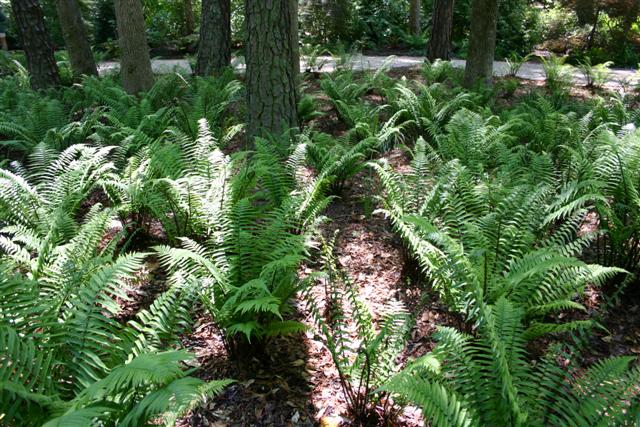
Check out our
Design Services.
| Ferns in the Garden |

|
Need design help? Check out our Design Services. |
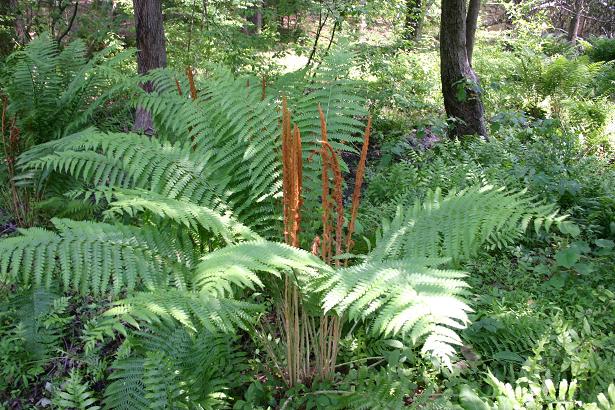
|
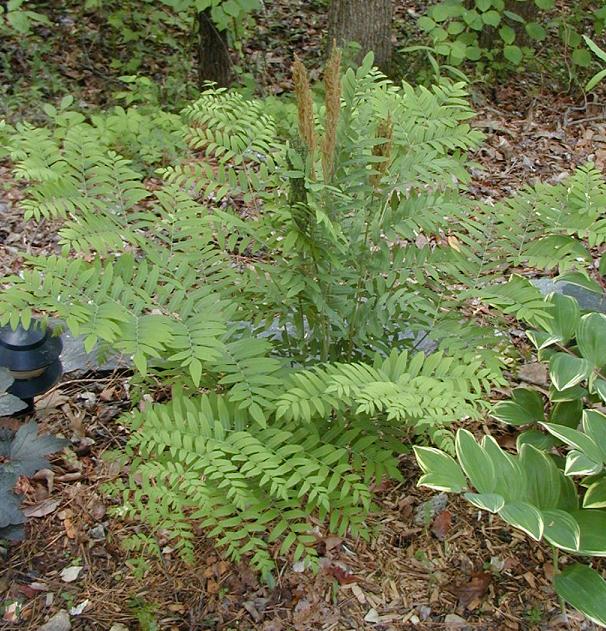
|
| Cinnamon Fern (Osmunda cinnamomea) | Royal Fern (Osmunda regalis) |
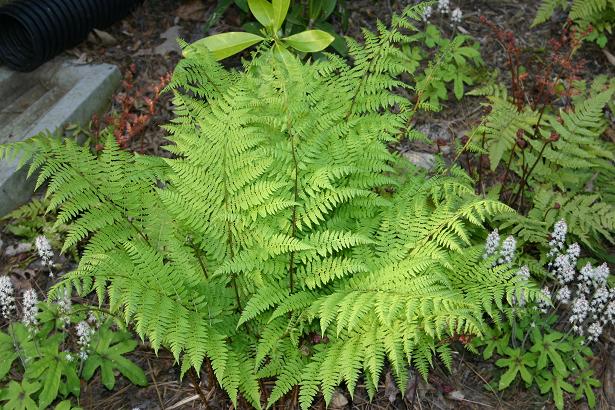
|
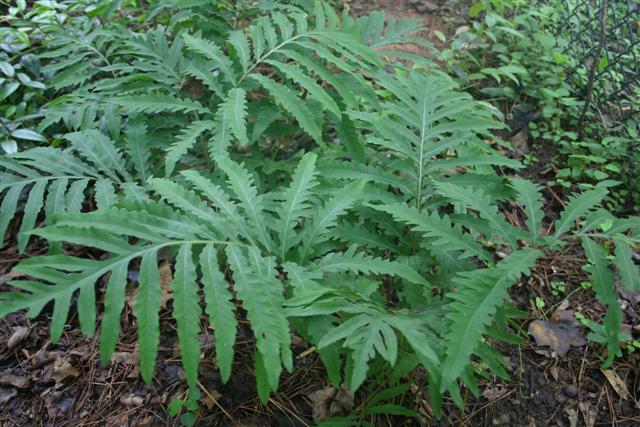
|
| Lady Fern (Athyrium felix-femina) | Sensitive Fern (Onoclea sensibilis) |
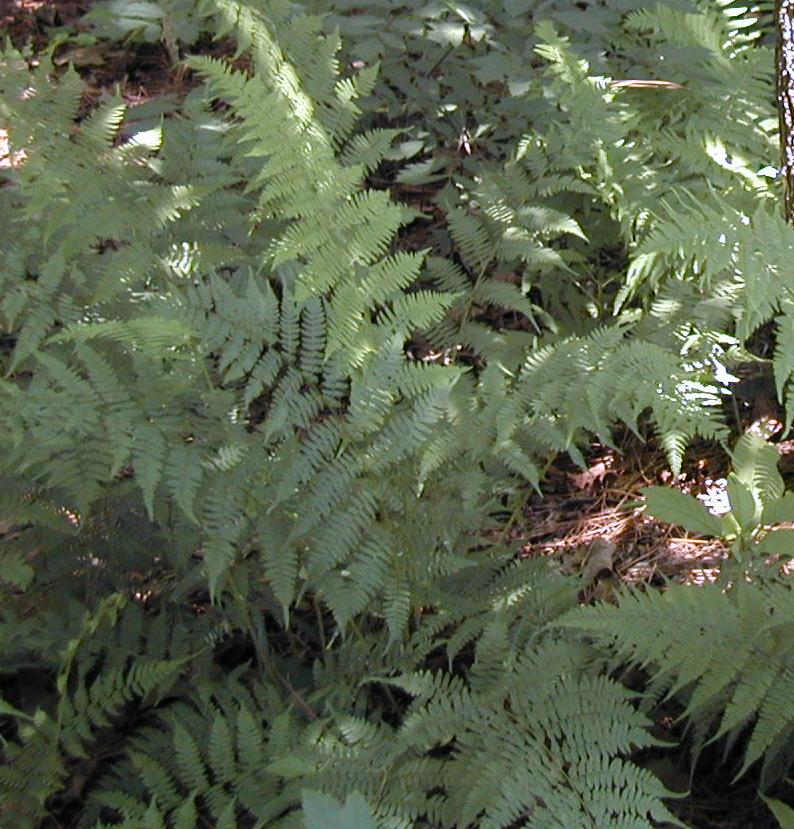
|
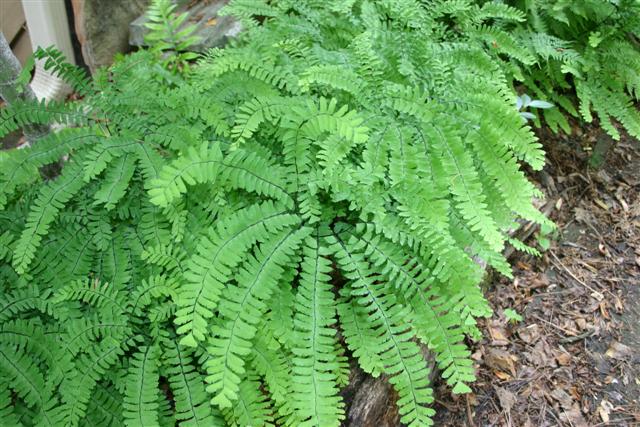
|
| New York Fern (Thelypteris noveboracensis) | Northern Maidenhair Fern (Adiantum pedatum) |
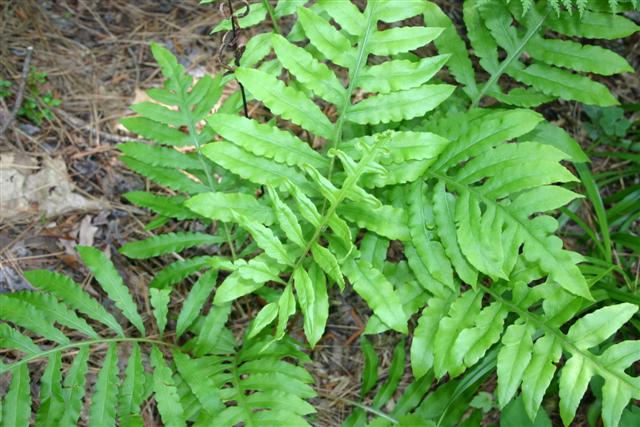
|
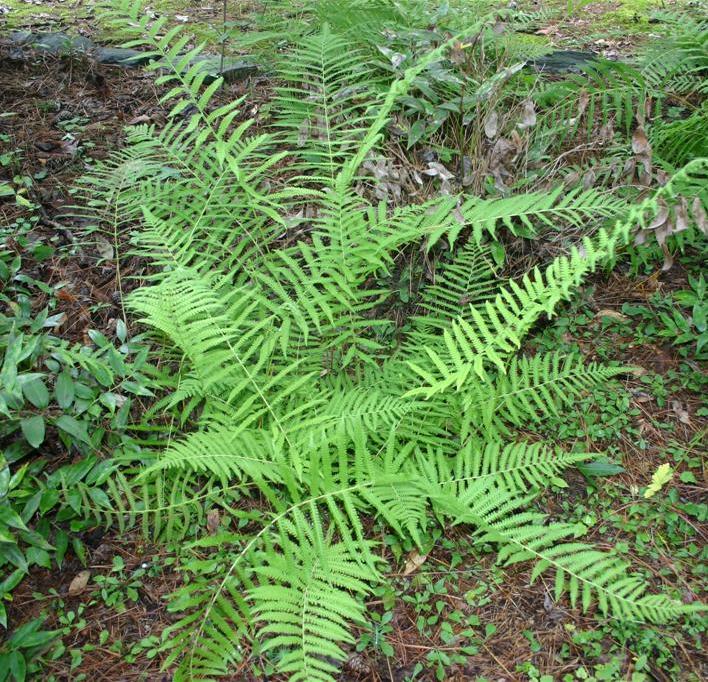
|
| Netted Chain Fern (Woodwardia areolata) | Southern Wood Fern (Thelypteris kunthii)
|
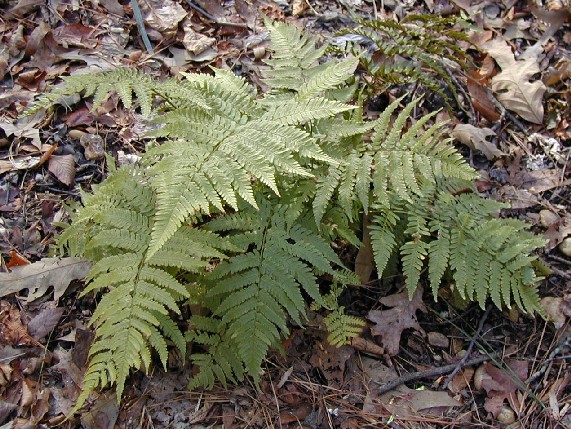
|
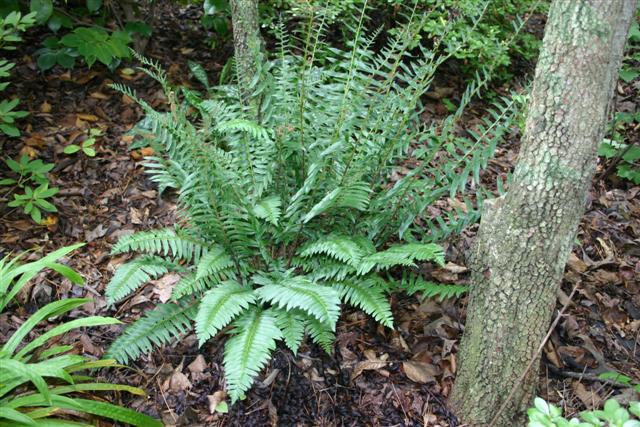
|
| Autumn Fern* (Dryopteris erythrosora) | Christmas Fern* (Polystichum acrostichoides) |
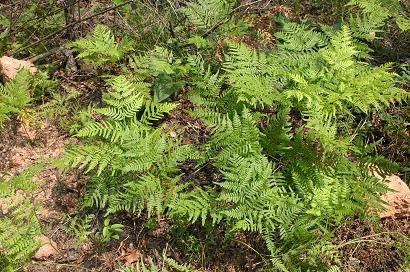
|
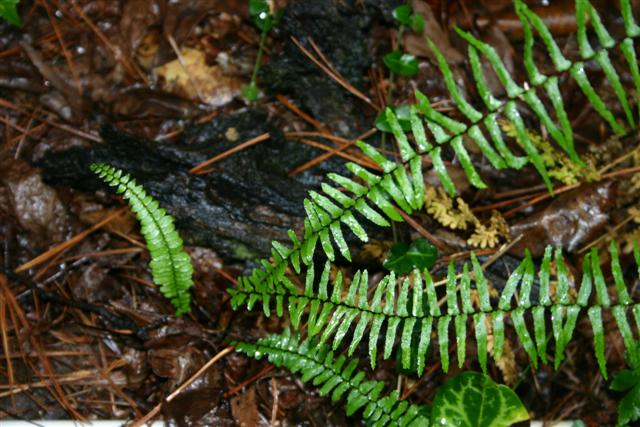
|
| Bracken Fern (Pteridium aquilinum)
| Ebony Spleenwort* (Asplenium platyneuron) |
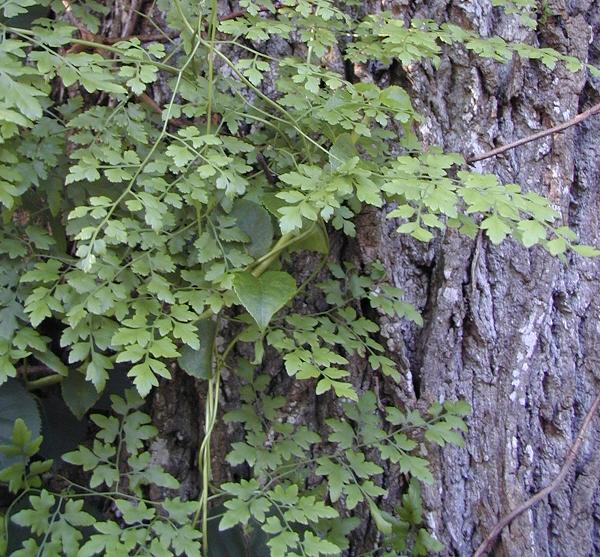
|
| Japanese Climbing Fern |